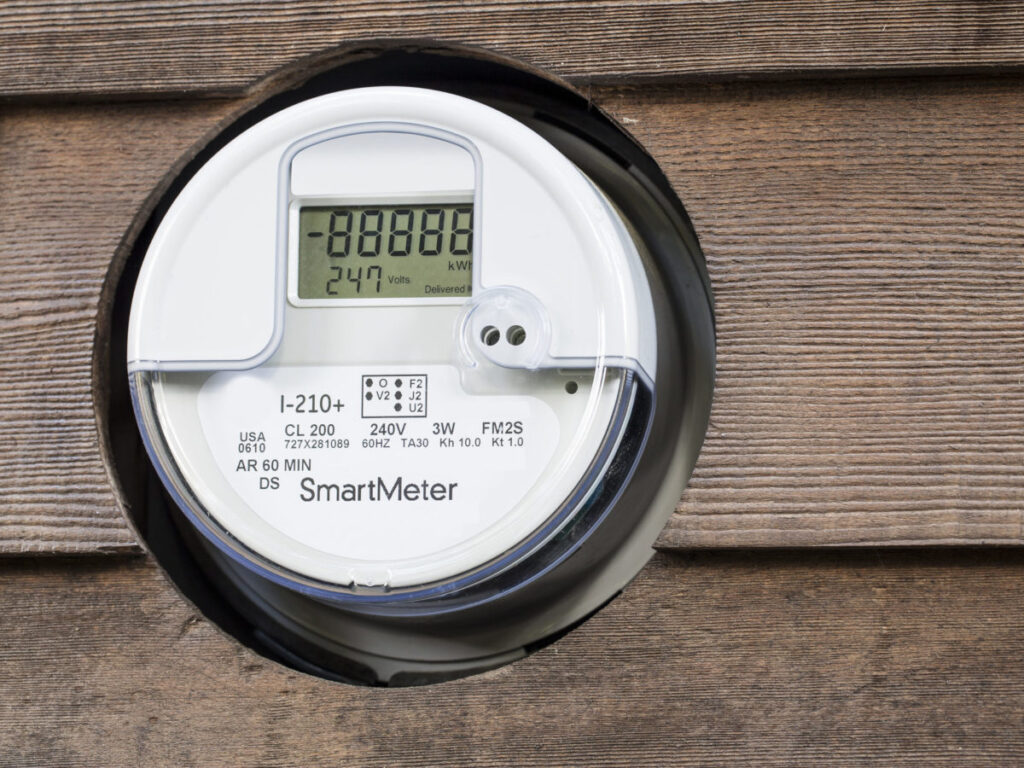Q&A with UAI: Digital Transformation, Data and Analytics in the Utility Space

Within the utility sector, data used to be primarily collected for reporting purposes, but it is now starting to be used as a driver for decision-making. The DIREXYON team recently sat with Gina Weber, Managing Director for Energy Membership at the Utility Analytics Institute, to talk about the level of digital maturity in utilities, what it means to be a data-driven organization and why when it comes to data, perfect is never the goal.
Note: This interview has been edited for clarity and readability
How mature is the power utility industry when it comes to digital transformation?
Gina: As far as maturity goes, there is a big variance. About 15 years ago, smart meters came into play and suddenly, the term big data became a big thing within the utilities.
So, the larger IOUs that jumped in are mature these days. They’ve made significant progress; they are using AI and more advanced analytics in their day-to-day operations. Now, I will say that they don’t ever mature as quickly as they’d like; they never have enough staff as they’d like, there is always more that they can do. I think what they’ve learned is that it can’t just be a top-down initiative with executives saying, “We want to be data driven.” And it just can’t be just the business saying that too. It must come from both directions for it to succeed.
But there are others still at the beginning of their journey with data and analytics. These tend to be smaller organizations, however, to their advantage, they typically have less internal processes that can slow things down, allowing them to make progress more quickly. They also have the advantage of learning from others within the industry that have already been down a similar path.
We have a maturity assessment that we share as an opportunity for all members. We break it down and look at seven different dimensions. Those dimensions include:
- Analytics governance
- Data governance
- People
- Strategy
- Business process integration
- Analytics capabilities
- Technologies and tools
Of those seven, tools and technologies is the easiest to understand and typically a dimension that scores higher than several others; they have all these solutions and think they will solve their problems quickly. But some of the most challenging that we see is the strategy dimension, really getting data and analytics engrained in their corporate strategy and their business initiatives. Aligning their data and analytics goals with those strategic objectives.
What does it mean for a utility to be data driven? What needs to happen for more utilities to advance in this area?
Gina: I think that comes from top-down leadership, from the C-level and VPs really looking at it from a strategic level and saying, “We’re going to make decisions based on what the data is telling us and be willing and comfortable with accepting and trusting what the data is telling us.”
At first, they would say, “We want AI. We want these buzz words of trendy types of tools, technology, or solutions.” There wasn’t a strategy, or a focus as to why, as they mature they begin to understand the importance of aligning analytics with the corporate strategy.
The next step is making decisions based on the output of that data. It’s been really easy in the past to say, “Well, this guy has been here for 40-years. He knows that the transformer is going to fail.” But now we have solutions that can say at what level of confidence we believe a transformer is going to fail and when we should look to replace it proactively prior to an unexpected outage.
That was a tough concept to grasp. It’s hard to pull the trigger and replace the transformer before it goes out. But that trust in the data that the executives must have is critical, and the longer they have been using analytics, the more they build trust in the data.
The utility industry is staring down the barrel of a workforce crisis. How can they use data and technology to help combat the effects of this brain drain?
Gina: The problem of people aging out of the utility sector is a rapidly increasing problem. The data has shown us this. What must happen is two things; first, analytics and reports and solutions built to help teams do their job, but the other piece is getting those people to trust it and buy into it.
At a foundational level, the data scientist needs to sit down with the engineer with 40 years’ experience and talk through the processes, what they do, and what pieces they look at, and maybe even help them explore data points that they have never considered, to help build a bigger picture for the future generation to learn from, and the business to carry on benefiting from.
For example, the engineer just knew it was going to be hot summer and the transformer was going to fail. But the data scientist can say, “Well, let’s look at weather then and other various data points. I know this piece of equipment is on black asphalt, so it’s hotter in this area.” They can help identify all “telling” points of data, with logic to back up the expert’s knowledge, that will help tell the same story that the 40-years of experience may have offered as a “gut feel”.
It’s critical for the analytics departments to work directly with the business to develop a solution together, versus developing what they think is needed and delivering it to them.
Data can sometimes be a point of contention with utilities; they think they have too much data, not enough data or unclean data. Do you think there is ever going to be a goldilocks state when it comes to data?
Gina: I think they’re going to have to get comfortable in being uncomfortable with their data. When you’re uncomfortable, you need to sit in it and accept it. I don’t know if there is ever a silver bullet to this, but I think each organization can get to that point where they’re comfortable in what they have, and in their ability to solve business problems with the data that they have available. Is there ever going to be a lack of new sources of data? Probably not. There is probably always going to be some new sensor, some new piece of information that may add more value. But I think overall, they probably have 90 to 95%, and plenty to make significant impacts and progress. Another piece of data may just supplement that and get them closer, but it may not alter the results significantly.
I do think that there is a point the utilities individually can identify what ‘good enough’ looks like internally and get comfortable in that to march forward and implement business cases and find solutions to the different business problems, with the data that they have.
I think perfect is never the goal. You are never going to have all the data. You will never be perfect. Use what you have, and just get started. There is a lot there, and it can get you a long way down the path and be better off than where you are at.
There’s a lot of interest around predictive analytics and machine learning. What sort of role do you see these technologies playing in the future?
Gina: I think predictive analytics and machine learning capabilities will play more of a critical role when it comes to helping them with their reliability, and beyond safety, reliability is probably one of the most important things for a utility. From applying it on their grid assets, to even in their call centers. Simply understanding why someone is calling if it is a high priority call or maybe one that can wait a little bit longer.
We are already starting to see many advanced analytics use cases in the industry and predicative analytics can address critical issues. For example, using predictive analytics to look at images, whether they’re using drone or camera images, helicopter images, or satellite images, but also even images coming from social media, to identify safety risks, getting the right crews and equipment on site more quickly and getting power restored.
Utilities are really starting to buy into advanced analytics and understand that they don’t necessarily have to create their own tools. There are many companies out there that have great out-of-the-box solutions, so utilities don’t have to build everything in-house and go down a path of developing a whole new solution that could be very expensive, time intensive and delay progress. By using these types of technology, it allows utilities to focus on more business-critical areas of their organization.





